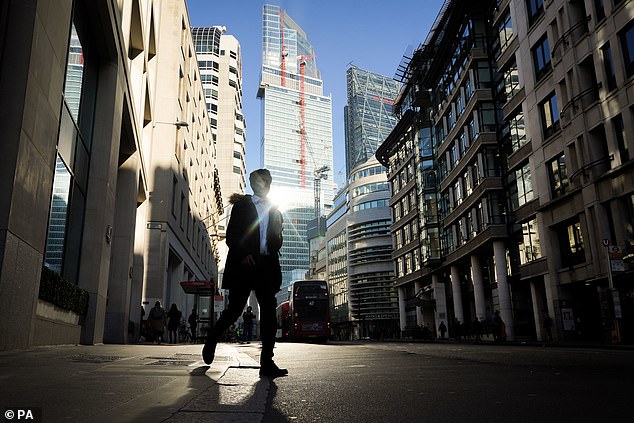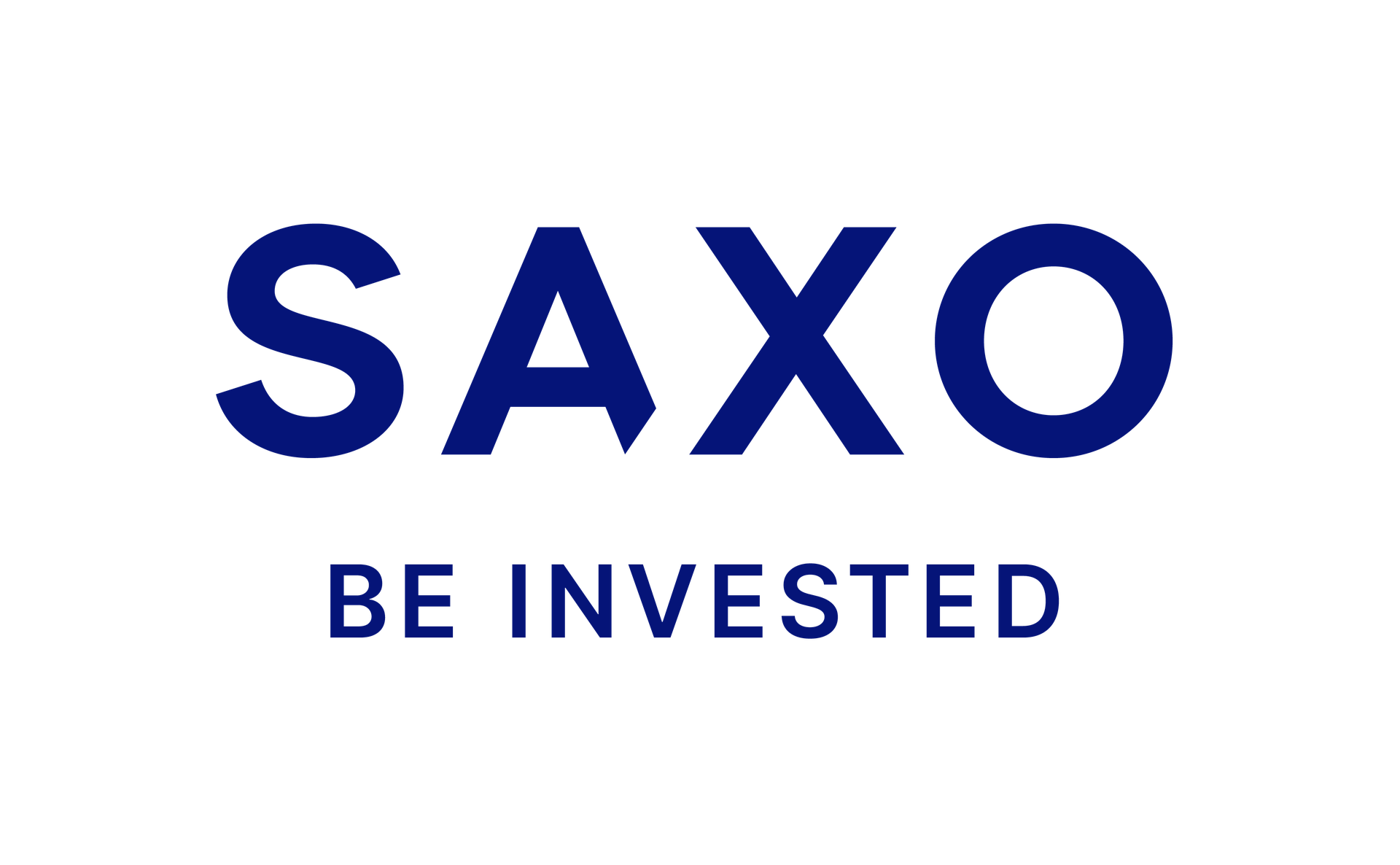Table of Contents
Summer is almost over. The bank holiday weekend at the end of August is always a good time to reflect on what has happened in finance and the economy over the summer and, more importantly, to think about what is to come.
I think that is why the annual central bankers’ symposium in Jackson Hole, Wyoming, invariably takes on enormous importance.
Central bankers are supposed to know these things, so the meeting is focused on what they think might happen to major economies, exchange rates and interest rates in 2025.
Change? On Friday, Powell was optimistic enough to give markets the boost they were hoping for
Inevitably, the banker who matters most is Federal Reserve Chairman Jerome Powell.
While other central banks, including the Bank of England and the European Central Bank, have cut rates this year while the Fed has yet to act, it is the Fed that sets the overall direction.
On Friday, Powell was optimistic enough to give markets the boost they were hoping for.
The certainty of a rate cut in September pushed down Treasury yields, boosted stock prices and lifted the pound/dollar exchange rate to $1.32, the highest level since early 2022.
But while words matter, they are just words. The timing of the first rate cut is of enormous importance to financial markets, but what happens in the fall and beyond will be determined by the two elements of the Fed’s mandate: the pursuit of maximum employment and price stability.
Unfortunately, they often conflict with each other. At least in the short term, lower interest rates create more employment, while higher rates curb inflation.
So far this year, job growth has remained strong in the United States and other countries, including the United Kingdom. Inflation has also declined in most developed countries, but threatens to rise later this year and perhaps beyond.
So the best way to describe the current mood is to acknowledge that the emergency is over, but to be mindful of the magnitude of the road ahead. As far as inflation is concerned, if wage growth everywhere remains robust, then that road will be tough.
And although growth and employment have been more positive than forecast at the end of last year – much more so in the case of the United Kingdom – fears of a recession in the United States persist.
What could this mean for investors looking ahead to the fall?

Ups and downs: The hard truth is that the S&P 500 is up almost 19% this year, while the FTSE 100 is up less than 8%.
For fixed-income securities, it has been a tough year. Jay Powell’s speech sent the yield on 10-year US Treasury bonds down to 3.8%, well below the peak of 4.7% reached in the spring.
But by the end of December they were below 3.8 percent, so there has been no general decline.
We’ve made even less progress. The 10-year government bond yield fell below 3.5% late last year. It spent most of the spring and summer above 4% and is even now at 3.9%, making it harder for our government to borrow than the United States. I expect those ups and downs will continue, with the possibility of higher yields as likely as lower yields.
It would only take a little bad news on the inflation front to send yields back well above 4 percent.
As for stocks, the picture is different in the US than in Europe. While stocks almost everywhere have been strong, the hard truth is that the S&P 500 is up almost 19 per cent this year, while the FTSE 100 is up less than 8 per cent. For British investors, I fear the message is that it pays to move savings across the Atlantic.
This brings up two questions. One is whether those near-record US stock values are too much for American companies. If earnings growth falters, then even large companies could suddenly find themselves overvalued.
The other is that while the London market offers value, there are political risks for British investors in the coming months. Those risks include higher stamp duty and capital gains taxes, another hit to pension funds, a tax on government bonds and perhaps even a wealth tax.
So let’s celebrate the fact that it’s been a good first half of the year for most investors, but let’s also hope that the winter won’t be harsh.
DIY INVESTMENT PLATFORMS

AJ Bell

AJ Bell
Easy investment and ready-to-use portfolios

Hargreaves Lansdown

Hargreaves Lansdown
Free investment ideas and fund trading

interactive investor

interactive investor
Flat rate investing from £4.99 per month

Saxo

Saxo
Get £200 back in trading commissions

Trade 212

Trade 212
Free treatment and no commissions per account
Affiliate links: If you purchase a product This is Money may earn a commission. These offers are chosen by our editorial team as we believe they are worth highlighting. This does not affect our editorial independence.


